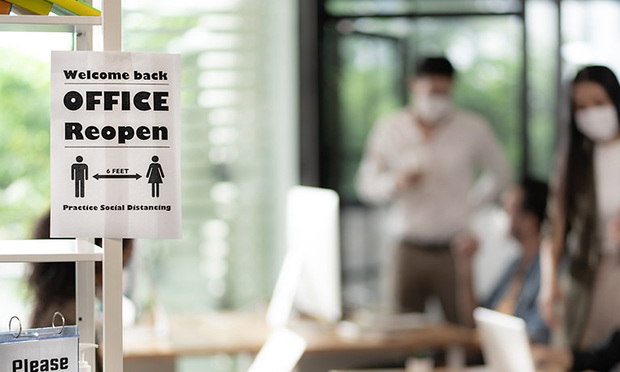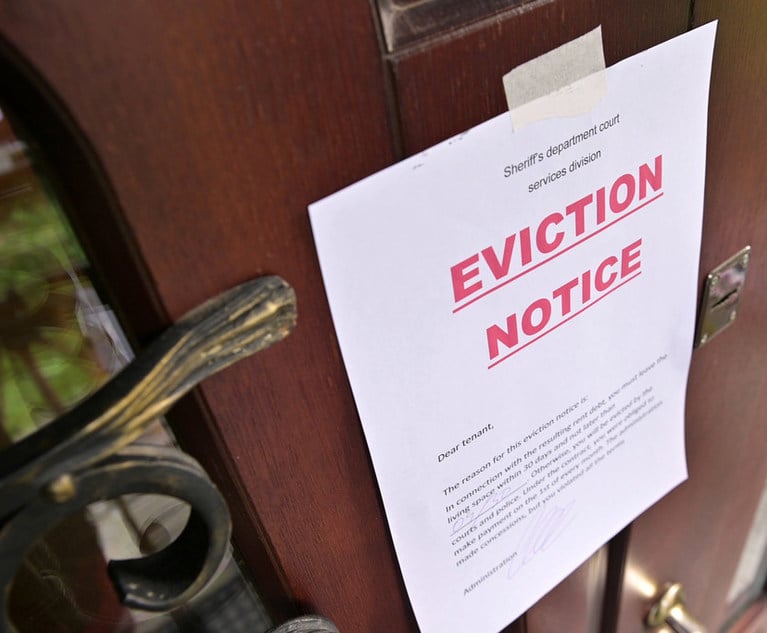 An increase in work from home is here to stay. A year prior to the pandemic, commutes were at an all-time high, with the average American commute growing to just over 27 minutes one way in 2018. See Christopher Ingraham, “Nine days on the road. Average commute time reached a new record last year,” The Washington Post (Oct. 7, 2019). In New York City, the average commute time was at 43 minutes by car and 53 minutes by transit (see “NYC has longest commute time via car and transit, study says,” Metro Magazine (April 25, 2019) and while traffic is known to be an issue in Los Angeles, it also attracts the most super commuters, and more than 150,000 “super” commuters have drive times averaging 90 minutes each way (see Elijah Chiland, “Number of LA residents dealing with commute times over 90 minutes surges,” Curbed Los Angeles (Aug. 15, 2019)). Work from home was far from an accepted norm, but rather a model growing in popularity and desirability and allowing for greater flexibility in when and how work was performed. The requirements of the pandemic have accelerated and increased the transition to this model of professional work/life.
An increase in work from home is here to stay. A year prior to the pandemic, commutes were at an all-time high, with the average American commute growing to just over 27 minutes one way in 2018. See Christopher Ingraham, “Nine days on the road. Average commute time reached a new record last year,” The Washington Post (Oct. 7, 2019). In New York City, the average commute time was at 43 minutes by car and 53 minutes by transit (see “NYC has longest commute time via car and transit, study says,” Metro Magazine (April 25, 2019) and while traffic is known to be an issue in Los Angeles, it also attracts the most super commuters, and more than 150,000 “super” commuters have drive times averaging 90 minutes each way (see Elijah Chiland, “Number of LA residents dealing with commute times over 90 minutes surges,” Curbed Los Angeles (Aug. 15, 2019)). Work from home was far from an accepted norm, but rather a model growing in popularity and desirability and allowing for greater flexibility in when and how work was performed. The requirements of the pandemic have accelerated and increased the transition to this model of professional work/life.
Pandemic-induced lockdowns forced office workers to adjust their home lives to accommodate their work responsibilities, while both employees and employers have faced difficult choices and newly imposed requirements for how space and time are used. The pandemic provided, among other things, an opportunity for office workers to reassess their home spaces and break from their every-day routines by adding or using additional spaces (indoor and outdoor) at home. As a result of the stay-at-home orders, some people who had the flexibility to work remotely (see Cynthia Paez Bowman, “Coronavirus Moving Study: People Left Big Cities, Temporary Moves Spiked in First 6 Months of COVID-19 Pandemic,” MyMove (June 1, 2021)) moved further away from urban centers toward the suburbs and rural settings or within the same metro area as part of an urban shuffle to accommodate space requirements (see Marie Patino, Aaron Kessler and Sarah Holder, “More Americans Are Leaving Cities, But Don’t Call It an Urban Exodus,” Bloomberg (April 26, 2021)). Needless to say, these shifts in geography offer more tailored and affordable living options than their urban counterparts.






